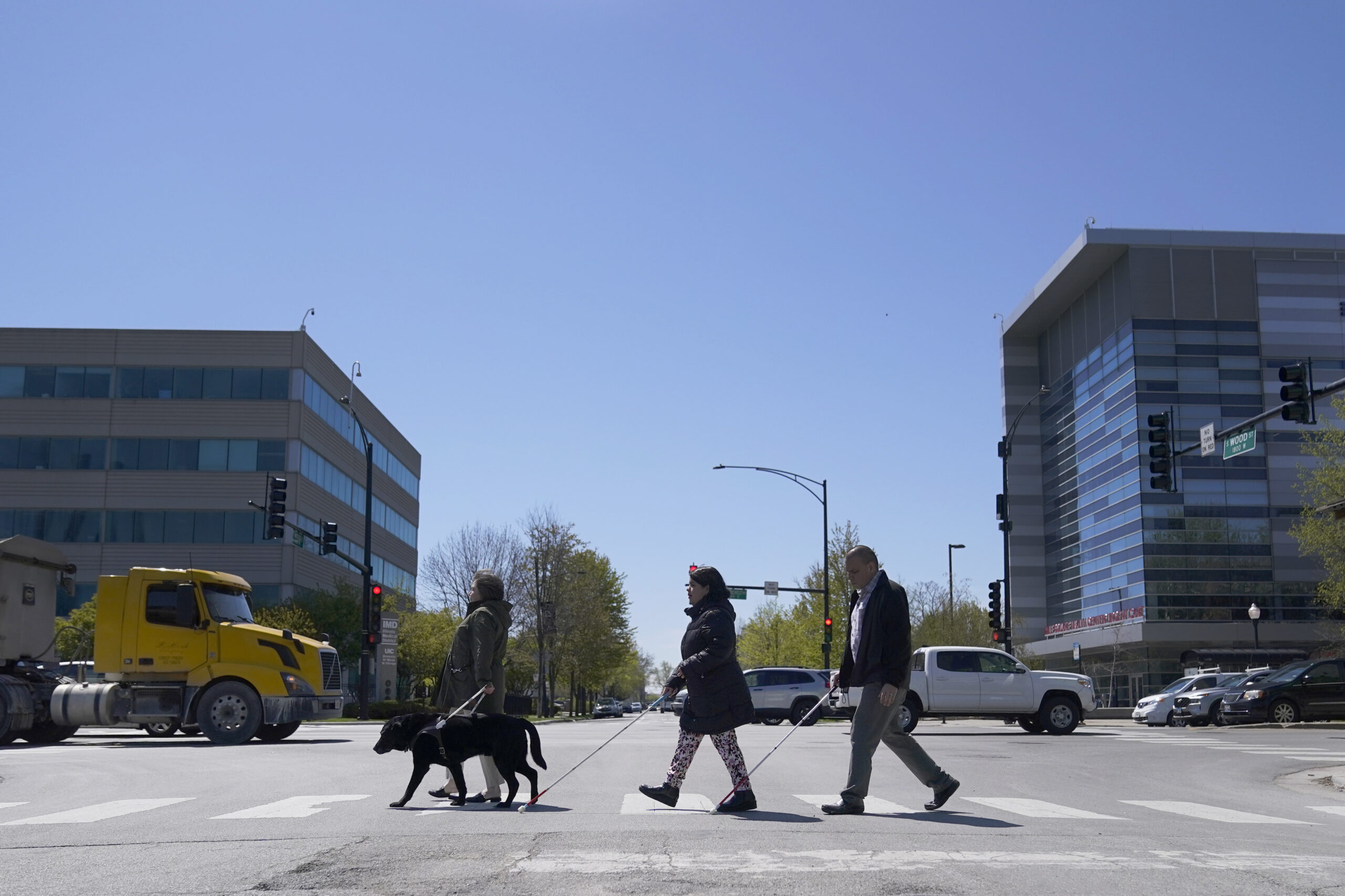Census Bureau wants to change how it asks about disabilities. Some advocates don’t like it

The U.S. Census Bureau wants to change how it asks people about disabilities, and some advocates are complaining that they were not consulted enough on what amounts to a major overhaul in how disabilities would be defined by the federal government.
Disability advocates say the change would artificially reduce their numbers by almost half. At stake are not only whether people with disabilities get vital resources for housing, schools or program benefits but whether people with disabilities are counted accurately in the first place, experts said.
Some also question the timing of the change, which comes just as more people are living with new, long-term conditions from the COVID-19 pandemic.

Brooklyn Boro
View MoreNew York City’s most populous borough, Brooklyn, is home to nearly 2.6 million residents. If Brooklyn were an independent city it would be the fourth largest city in the United States. While Brooklyn has become the epitome of ‘cool and hip’ in recent years, for those that were born here, raised families here and improved communities over the years, Brooklyn has never been ‘uncool’.